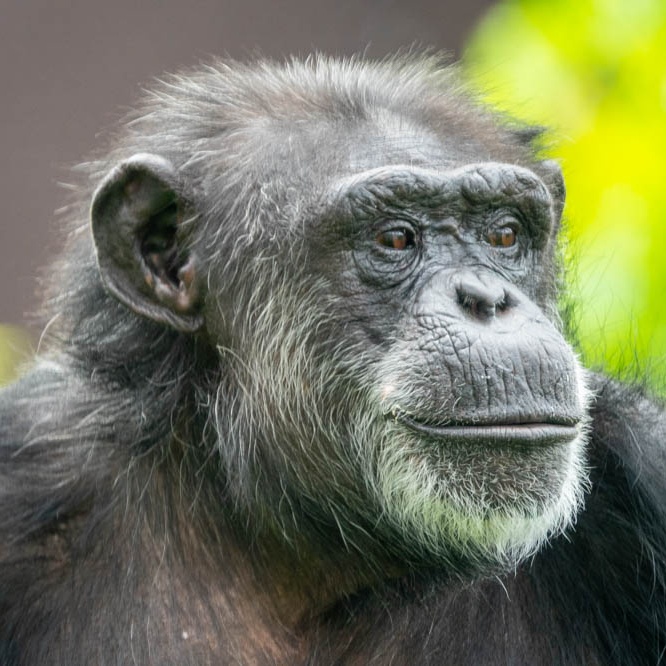Another rather counter-intuitive cognate for both is “cycle”. It looks nothing like either, and it’s the result of
- PIE *kʷékʷlos →
- inherited: Ancient Greek ⟨κύκλος⟩ [kúklos]→[kyklos] →
- borrowed: Latin as ⟨cyclus⟩ [kʏklʊs], accusative ⟨cyclum⟩ [kʏklʊ̃]. That [ʏ] only applies to erudite pronunciation, most folks likely used [ɪ].
- [re]borrowed: French as ⟨cycle⟩ *[siklə] (modern pronunciation [sikl] ).
- borrowed: English as ⟨cicle⟩~⟨cycle⟩ [si:klə]→[saɪ.k(ə)l].
The French step is disputable, as it’s also possible that English got the word from the same source as French, straight from the Ecclesiastical pronunciation; that would explain the lengthened vowel. Either way, French certainly reborrowed the word, it cannot be inherited otherwise the vowel would be [e].
How do you pronounce the proto indo European one?
I’m only a hobbyist in this area, so I’ll reply with what I know and hopefully someone will correct me.
First of all, we don’t actually know and never will, shy of inventing time travel or discovering ancient alien recordings. Everything is reconstructed by noticing trends in language and history and backtracking to find common features/words. So something like *k means “a sound that descendant languages generally pronounce k”.
There’s a Wikipedia page on Proto-Indo-European phonology, but like most technical pages on there it’s fairly incomprehensible to the layman.
My attempt is something like QUEH-quhloss (or maybe QUEK-loss) with a fairly bright, forward sound like in cat.
You can see that the Q/kw sound gets broken up and the /k/ travels east while the /w/ travels west.
In a few cases we’re actually fairly certain on how something was pronounced, based on the reconstruction. That *kʷ is a good example - we’re fairly certain that it’s a labiovelar, as there’s little to no room to be anything else; perhaps the voicing and phonation might be a bit off, but odds are that they aren’t. It was likely unaspirated so a bit more like as in squirrel than as in queen.
Those *s and *l were likely a bit retracted. There’s a video on that for Latin, but odds are that Latin inherited it from PIE, it wasn’t an innovation.
Odds are that the labialisation from the second *kʷ “leaked” into the *l, too. So basically you round your lips through the whole cluster.
The acute diacritic there is to indicate pitch - the first syllable had a higher pitch than the second. PIE worked a bit like modern Japanese in this aspect, with accent indicated by pitch instead of stress. Ancient Greek and Vedic Sanskrit kept it this way, but Latin was quick to ditch it.
The vowels are a great way to make historical linguists fight like rabid dogs. Nobody knows for sure, everyone and their dog has a take on them. I don’t even think that the current *e *o *ē *ō system is real, but rather a reconstruction artefact from mixing two stages of the language. The “typical” reconstruction pronunciation is as [e̞ o̞] (as in: read them like in Spanish ⟨e o⟩). This should work decently for Late PIE, but for Early PIE I’m tempted to say that it was more like [ə ɑ] or even [ə ä].
You can see that the Q/kw sound gets broken up and the /k/ travels east while the /w/ travels west.
Tocharian likely assimilated the labialisation of the first *kʷ into the following vowel; it’s roughly like saying *“koon” for “queen”, this is a common sound change. (Greek did something similar). Then the second *kʷ got simplified into *k, and as the ending vowel got lost this triggered a new, epenthetic vowel to pop up and split that *kl into *kɨl.
Proto-Germanic on the other hand
frihathivisedfricativised PIE *kʷ into *hʷ and moved on. Depending on the English variety that sound is still there, for this word; it’s annotated as [ʍ].
Hmm, I wonder where Lithuanian “ratas” comes from then.
Answering my own question:
From Proto-Italic *rotā, from Proto-Indo-European *Hróth₂-eh₂, from *Hreth₂- (“to run”).
Interestingly, “ratas” is also Finnish and means “gear”.
A lot of Finnish and Estonian words for agriculture and tools came from the Baltic languages via trade. The theory is that Finns didn’t do agriculture before that trade occurred. Which of these can you understand without looking them up?
Jautis/Karvė
Avinas/Avis
Ožys/Ožka
Kirvis
Kūjis
Dalgis
Kvietys/Kviečiai
Aviža/Avižos
Miežys/Miežiai
With a quick look I only recognise “kirvis” to be close to “kirves” meaning axe. I don’t know if it’s correct though.
You are correct :)




